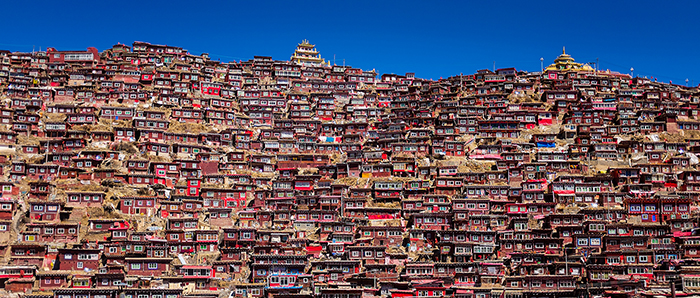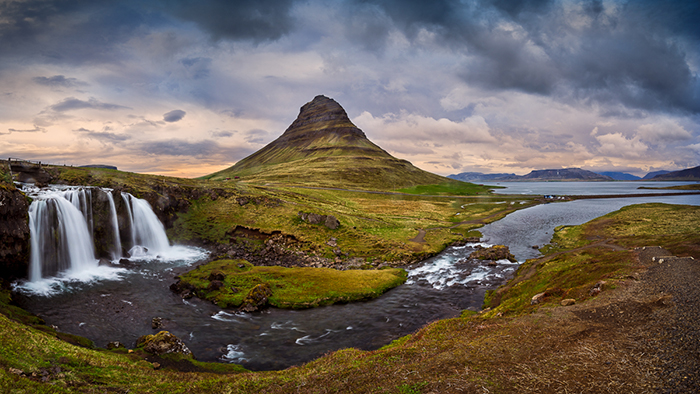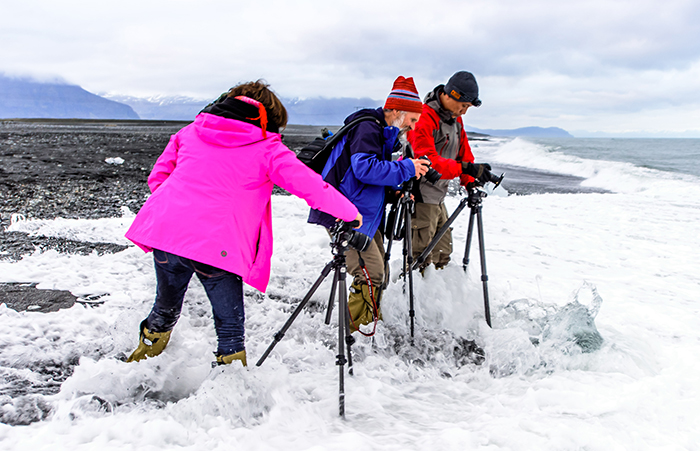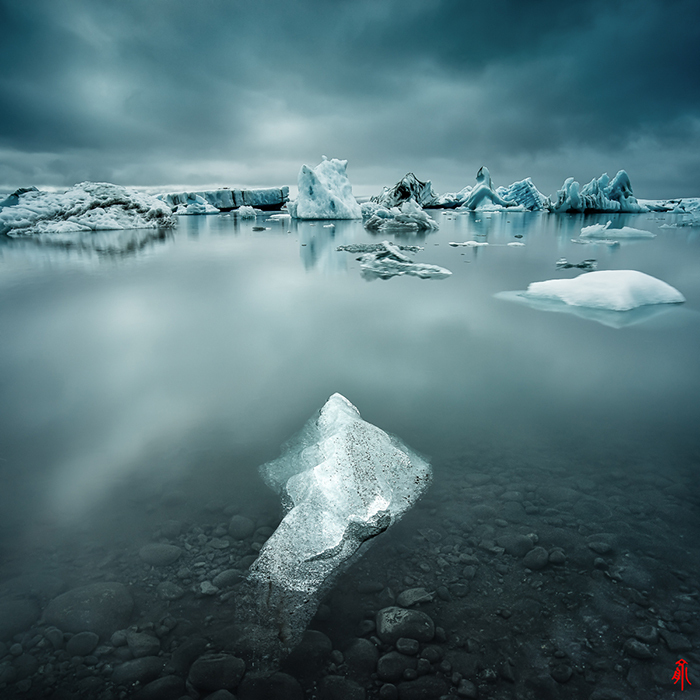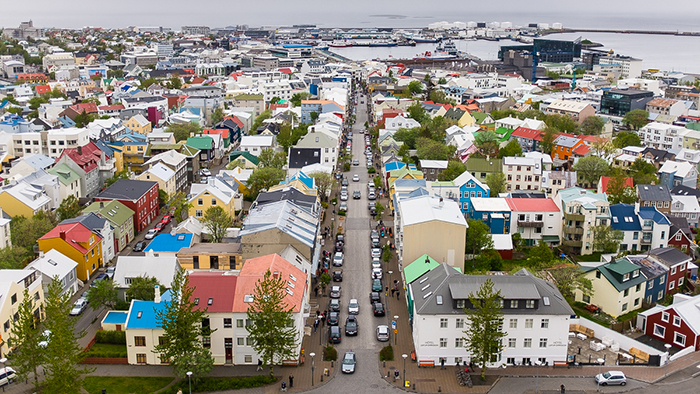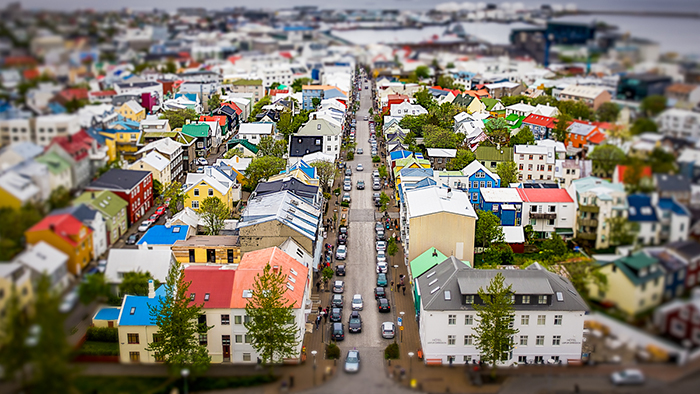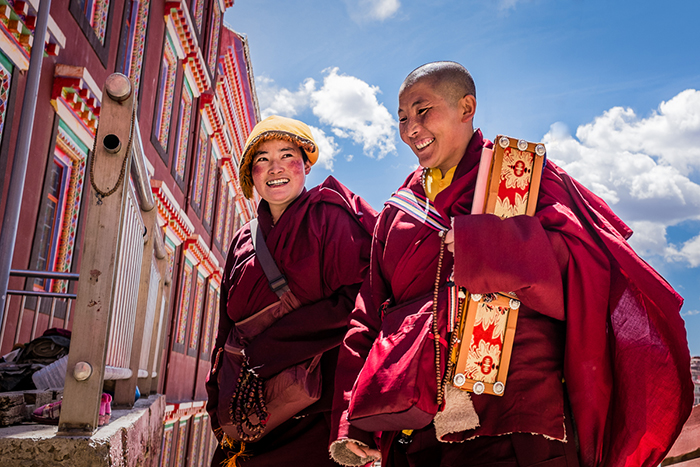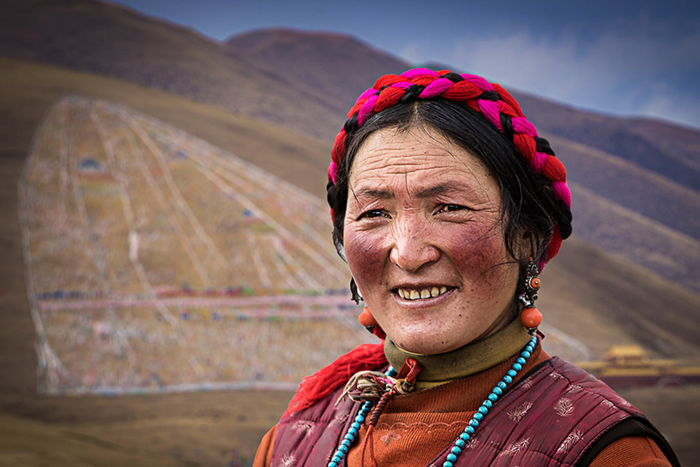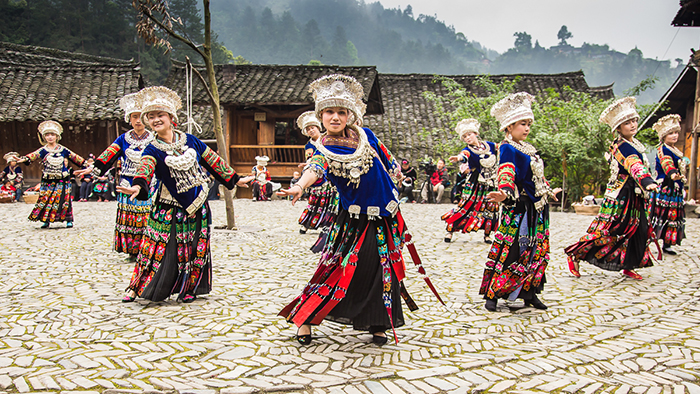By William Yu
Larong Tibetan Buddhist Institute, Sichuan, China
Summer is the peak season for vacation and traveling. As a travel photographer and photo tour leader, It’s my pleasure to share some tips from my experience and answer some frequently asked questions about travel photography.
1. Set up a system to backup your images every day, and stick to the scheme like clockwork.
Loss of images or accidental reformat of SD/CF cards is one of the devastating mishaps during a photo trip, a good backup system is absolutely necessary to avoid such tragedy. I always carry two small 1TB portable hard drives on the trip for redundancy; one is always with me in the camera bag, the other in my checked-in luggage. Always make copies of images to both drives at the end of each day, then reformat the SD cards in camera for next day’s shoot. This is the ironclad system I never deviate from, no matter how tired or exhausted I am. With this system in place, I assure that the past-day images are always backed up and no chance to confuse myself as which sd card is used or not. You may have your own favorite daily backup system, the key is to follow through daily, no exceptions.
Kirkjufellsfoss, Iceland
2. Do your due diligence in advance and make sure bringing the right equipment.
Not every photo location is “walk in the park”, some sites may need special equipment to get the best shot. It is crucial to do your research and get the right equipment in advance/before the trip. I led an Iceland photo tour in late June this year, one of the most unique photo site is the black sand beach at the mouth of Jokulsarlon Glacier Lagoon, where big chunks of ices(sometimes big icebergs) from the lagoon wash up on the beach by waves and currents. In order to shoot those ices close-in with 1-2 second exposure to record the streaks of the waves, the photographer have to stand and hold the tripod in the sea water. To do so, water-tight overshoes is a must, without soaking the shoes and feet in ice cold water. Before the trip, I made sure that every member of my group brings the overshoes, so nobody will “hang dry” on this wonderful and unique photo location. Study where you go, and know what to bring.
Shooting ice on the beach, Iceland
Jokulsarlon Glacial Lagoon, Iceland
3. Getting your image correctly composed and exposed in the first place, but don’t stop there, the post processing is also full of fun.
Coming back from an exciting photo trip, it’s time to process your images(assuming you’re shooting RAW). I like to have my mind going wild, trying different effects/presets in Lightroom, applying certain software filters, etc, depending on my feel of the image. Creativity and intuition have no boundaries, feel free to play with your images. It’s part of the fun of photography. Take a look of following 2 images of downtown Reykjavik, Iceland, shot from the top of the landmark church overlooking the entire city. The first one is straight out of camera, and I applied Tilt shift effect to the second one via Niksoftware’s Analog Efex Pro, buildings look like miniature models, much more interesting.
Downtown Reykjavik, Iceland
4. Avoid the crowd/tourists by getting really close to the subject and/or from a low angle.
“If Your Pictures Aren’t Good Enough, You’re Not Close Enough”. The frequently quoted photography teaching by Robert Capa is very true for travel photos. To isolate the subject(s) from the crowd/tourists nearby, it is crucial to physically get closer and fill the frame with subject(s), sometimes it can be easily achieved from lower angle instead of eye level.
This image is shot at Larong Buddhist Institute during Tibet photo tour earlier this year, I picked a busy intersection at the entrance of the institute, sitting down on the sidewalk, with my small low profile 35mm fixed lens Fuji X100T pointing up with silent shutter on, capturing two nons passing-by with natural expressions on their faces. They’re merely 2 feet from me. By shooting up, I intentionally excluded other nearby people in the frame, making the subjects predominant in the photo.
Nons at Larong Buddhist Institute, Sichuan, China
A Tibetan Woman, Sichuan, China
Till next time… Happy Shooting,
William Yu
www.williamyuphotoworkshops.com
———————————————————————————————————————————————-
Use A Single Lens Creatively
———————————————————————————————————————————————-
2016 South China Traditional Culture Photo Tour

